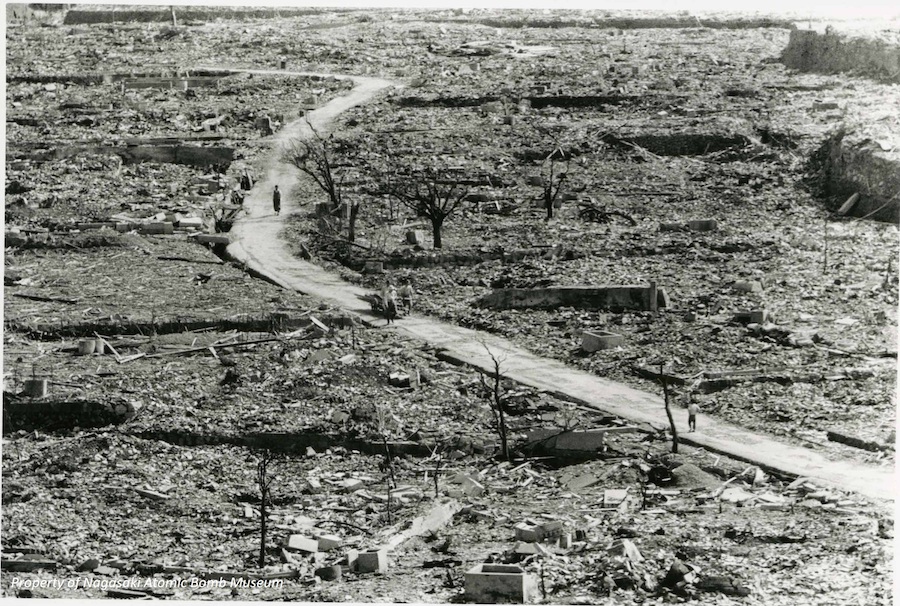
1. Background: The Manhattan Project
-
During WWII, the U.S. undertook a large-scale research program called the Manhattan Project to build atomic weapons.
-
The first test detonation (“Trinity”) happened on July 16, 1945, in the New Mexico desert.
2. Why Hiroshima and Nagasaki?
-
After Germany had surrendered, Japan remained in conflict with the Allies. The U.S. was considering options to force Japan’s surrender without a costly invasion.
-
Hiroshima and Nagasaki were chosen as targets for their strategic, military, and industrial significance. Hiroshima was a large city on Honshu, Nagasaki a major industrial port city on Kyushu.
3. The Bombs: Designs & Differences
| Feature | Little Boy (Hiroshima) | Fat Man (Nagasaki) |
|---|---|---|
| Fissile material | Uranium‑235 | Plutonium‑239 |
| Bomb design type | Gun‑type (one piece fired into another to reach critical mass) | Implosion type (using shaped explosives to compress plutonium core) |
| Date dropped | August 6, 1945 | August 9, 1945 |
| Instant death toll estimate | ≈ 70,000 in Hiroshima | ≈ 40,000 in Nagasaki |
| Yield (explosive power, rough equivalent) | ~15 kilotons of TNT | Similar magnitude; perhaps slightly more (but factors like terrain etc. affected destruction) |
4. The Effects
-
Immediate damage from the blast wave, intense heat, firestorms, and radiation. Hiroshima was largely destroyed — many buildings swept away, structures incinerated, devastating human casualties. Nagasaki likewise badly hit, though geography (valleys, hills) reduced some effects.
-
Casualties: estimates vary. For Hiroshima, some 70,000 killed instantly, rising to over 100,000 by end of 1945. Nagasaki: tens of thousands killed immediately, more later from radiation and injuries.
-
Long‑term health effects included radiation sickness, cancers, burns, genetic damage in survivors, with social and psychological consequences. Japan has a class of survivors called hibakusha.
5. Aftermath & Surrender
-
On August 15, 1945, Japan announced its surrender (following the Potsdam Declaration and Soviet entry into war against Japan).
-
The bombings have remained a somber milestone: the only use of nuclear weapons in wartime, prompting discussions about nuclear arms control, the ethics of using such weapons, and the protection of civilians.
6. Legacy
-
Physical memorials: places like the Hiroshima Peace Memorial (often called the “Atomic Bomb Dome”) preserve ruins as reminders. Nagasaki likewise has peace parks and museums.
-
Medical research: long‑term studies on survivors to understand radiation effects, cancers, genetic impact. International nuclear disarmament movements often refer back to these events in advocating against proliferation.

You must be logged in to post a comment.